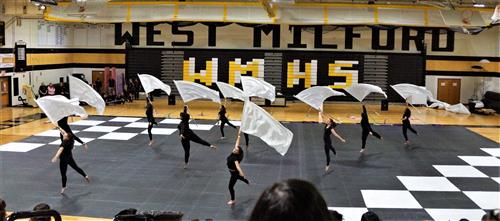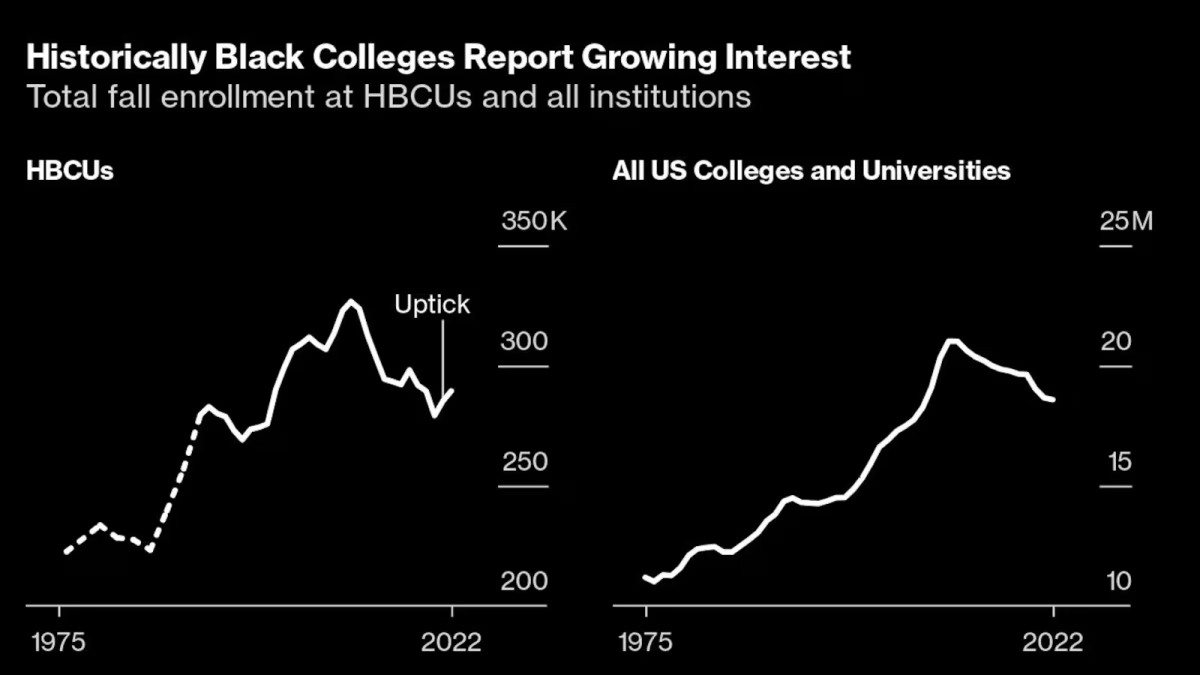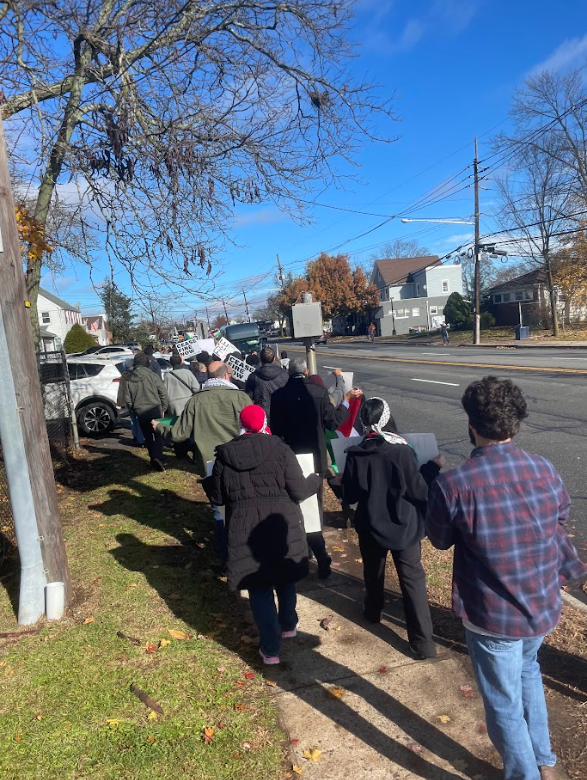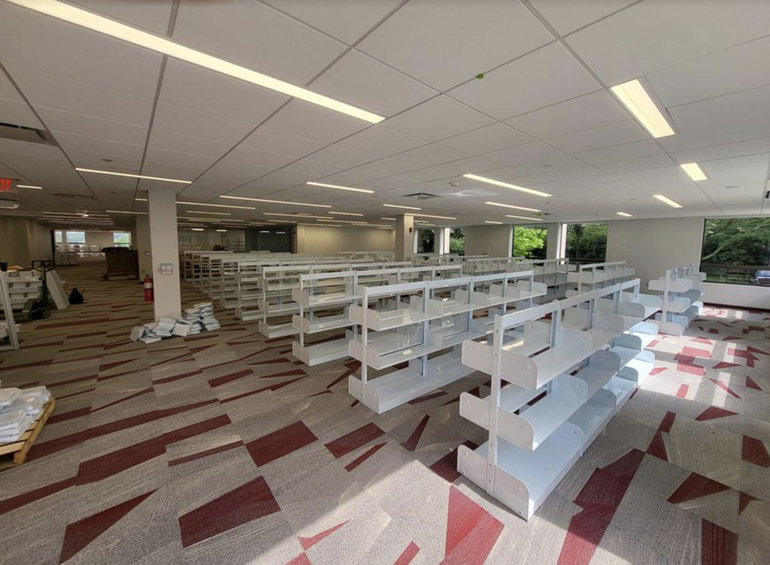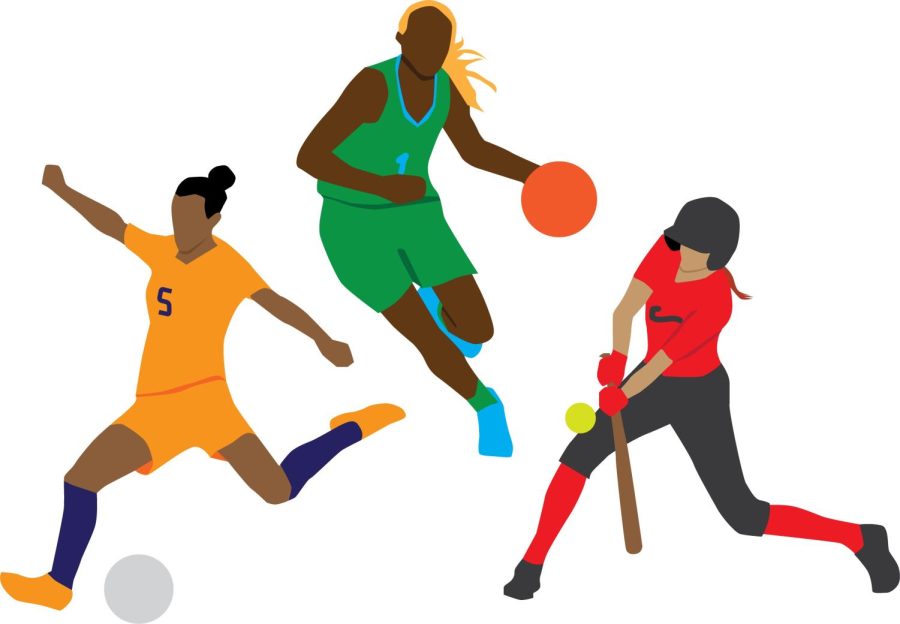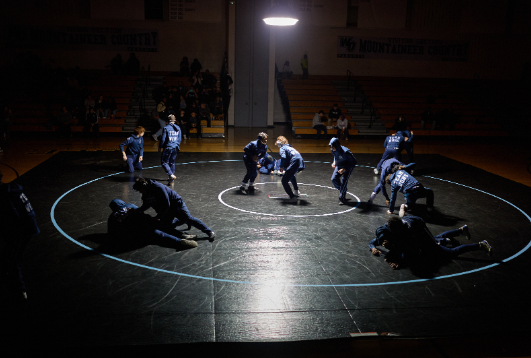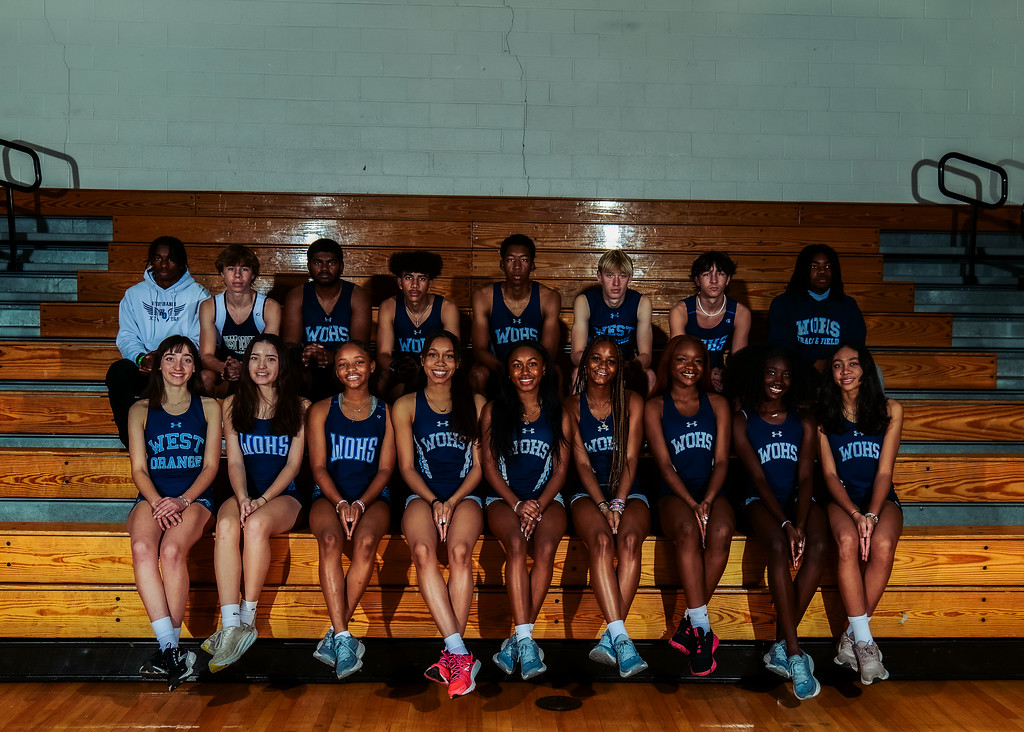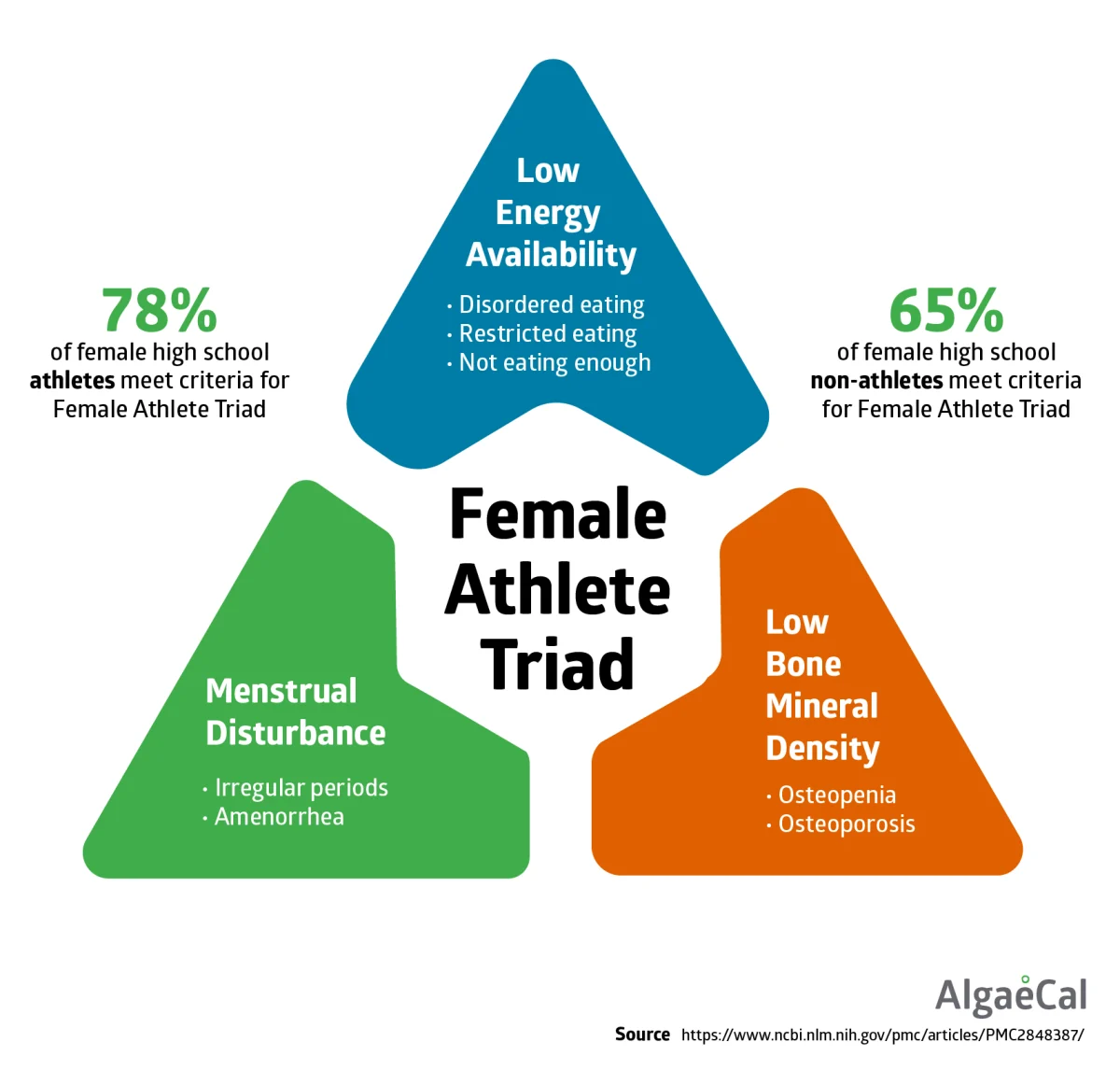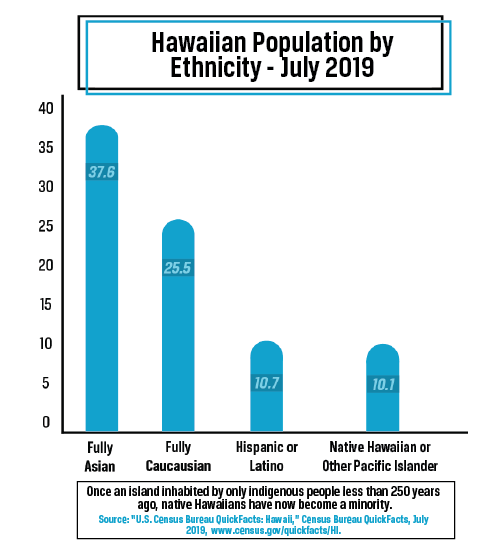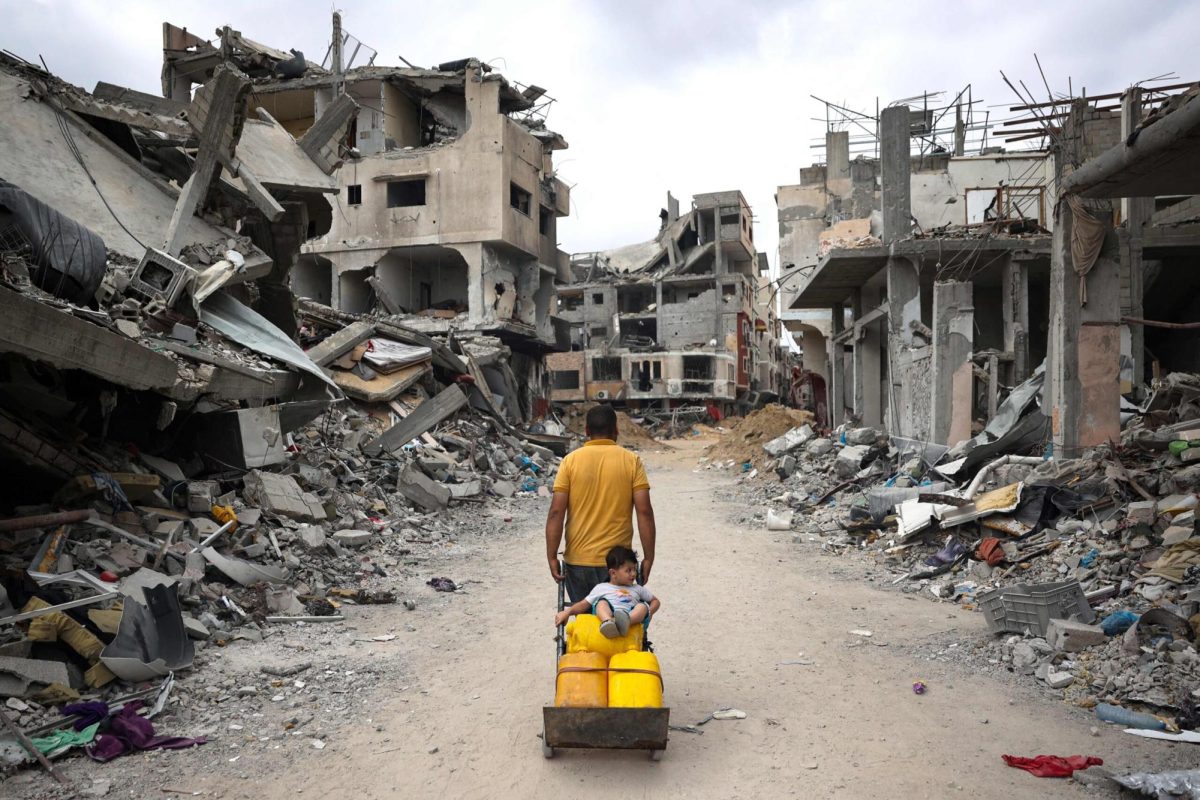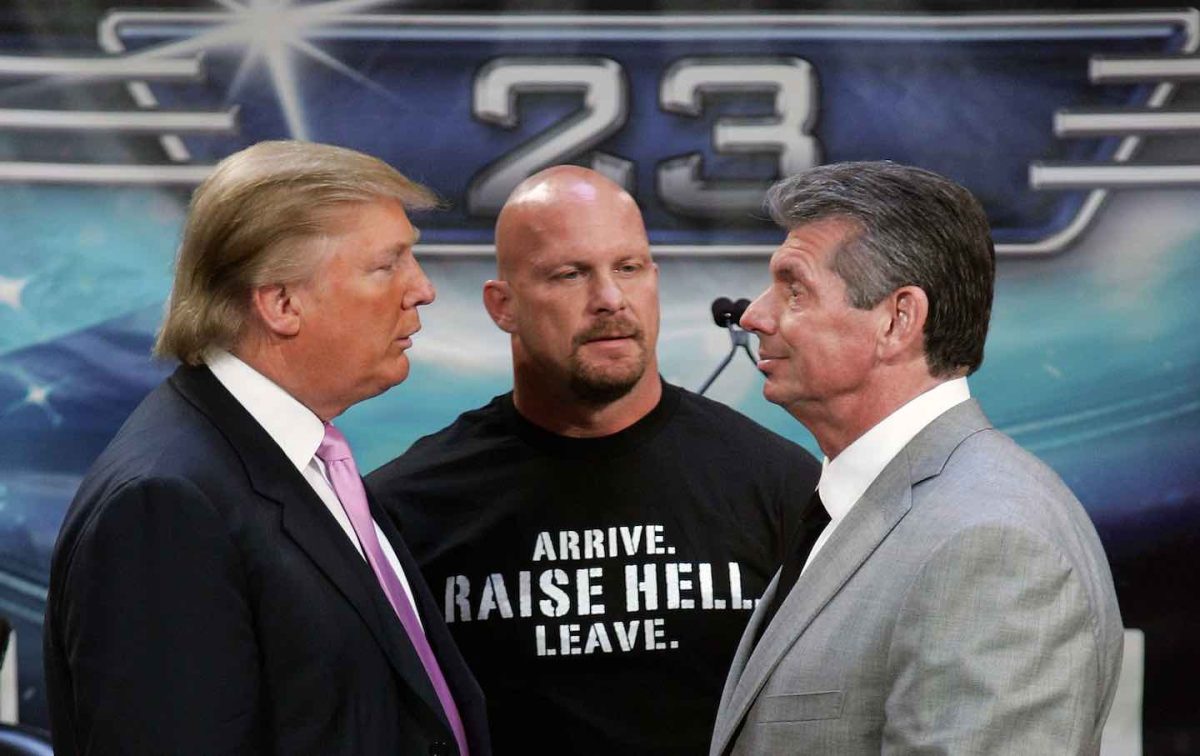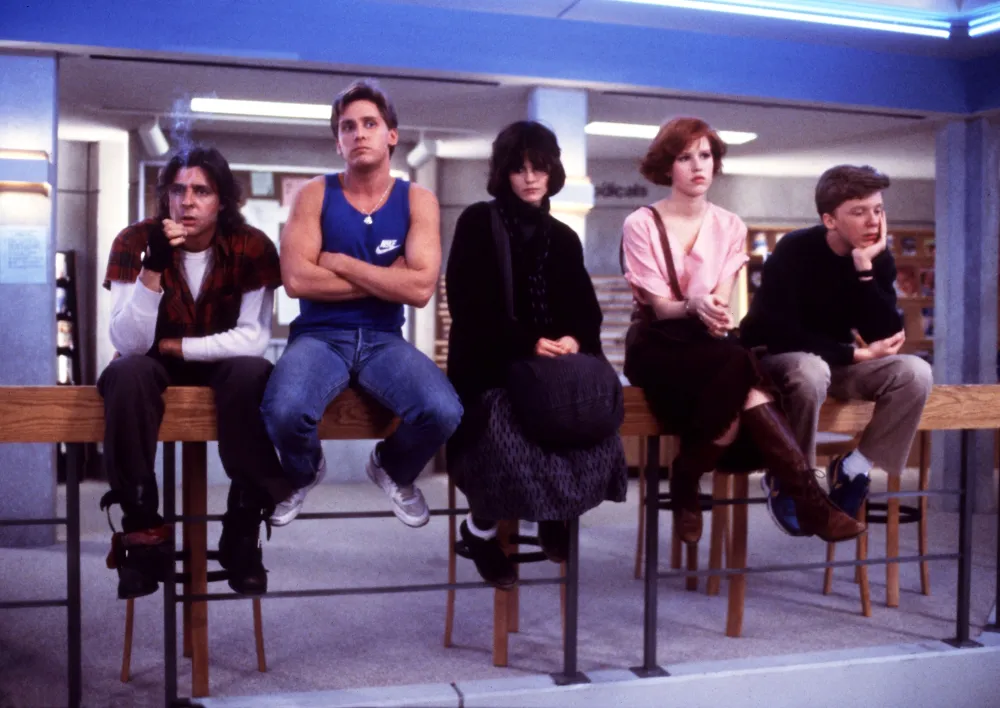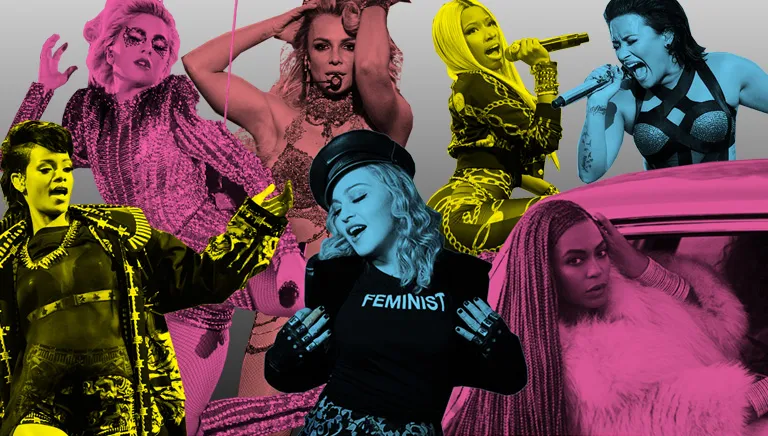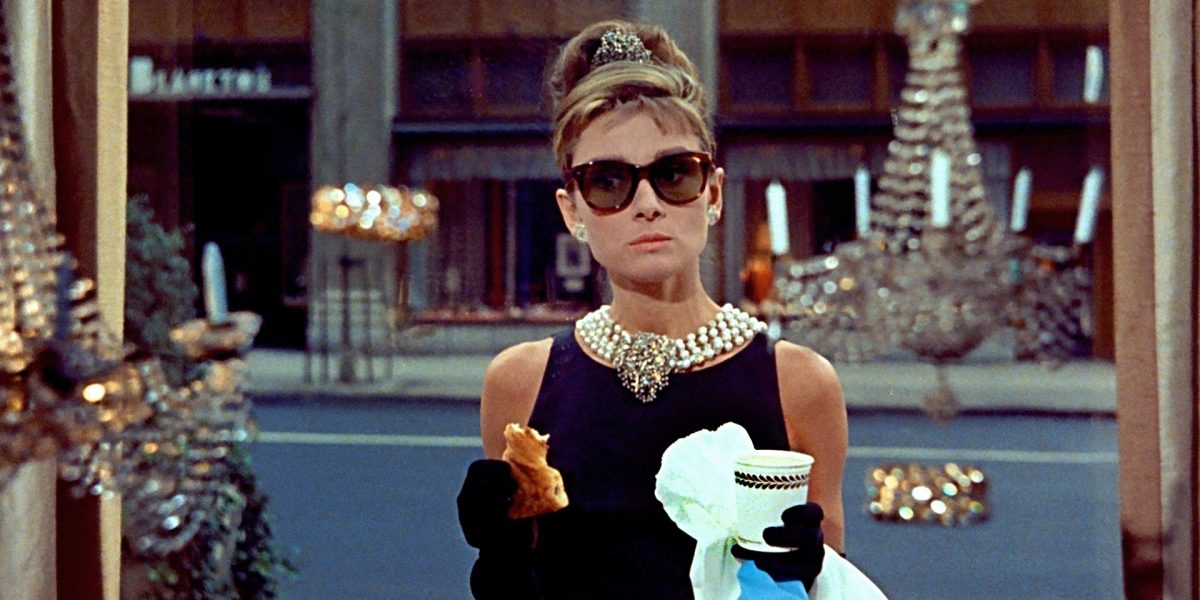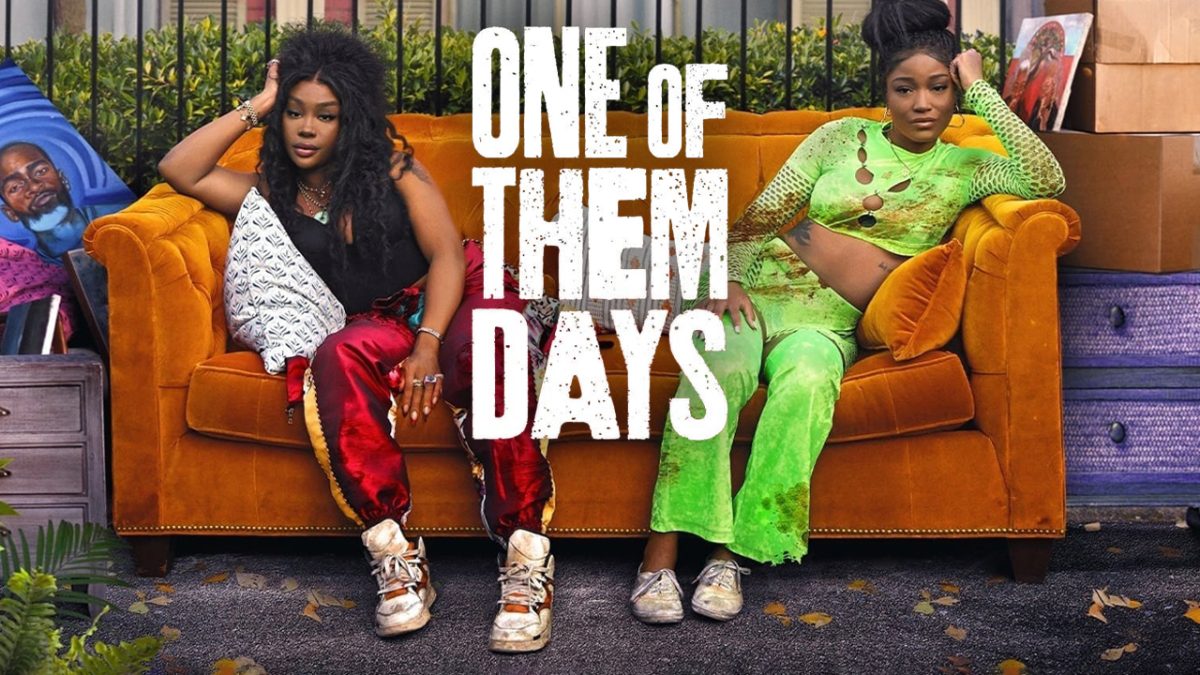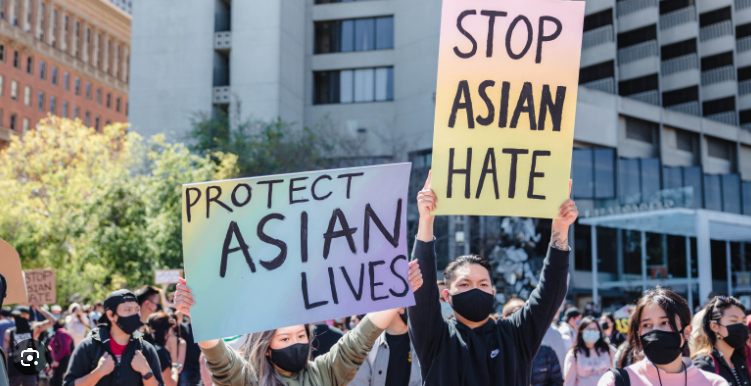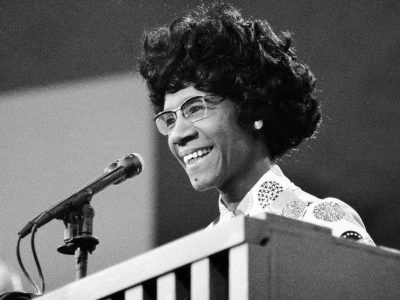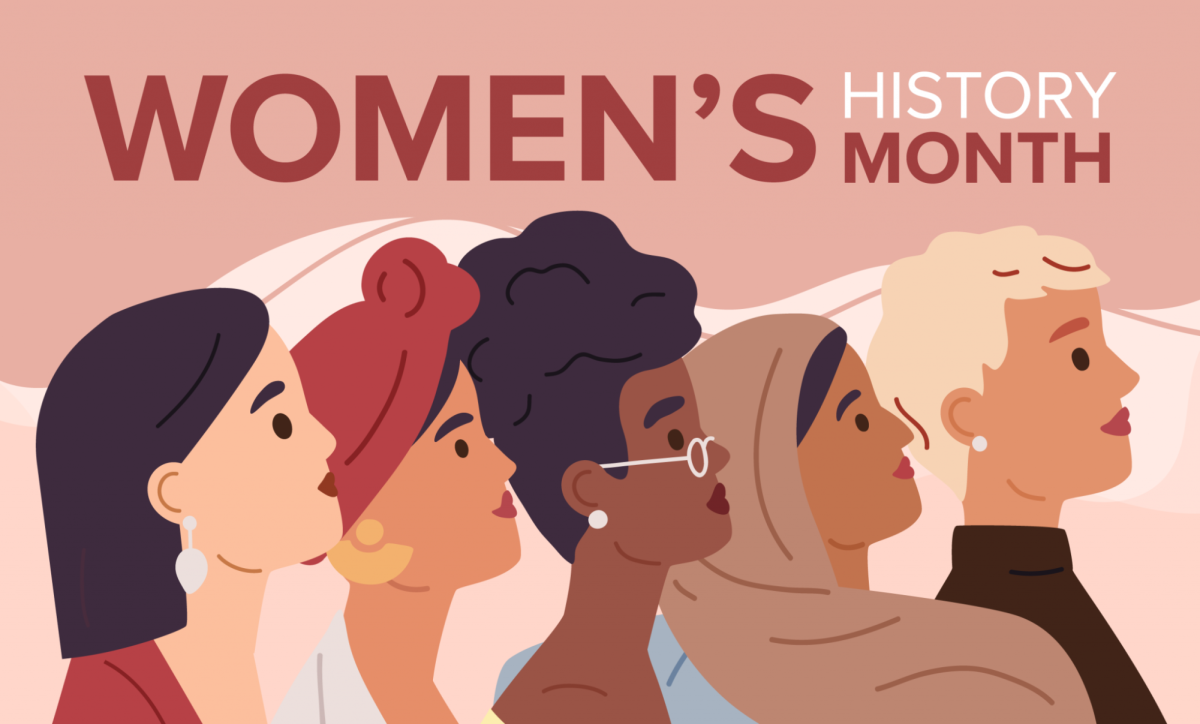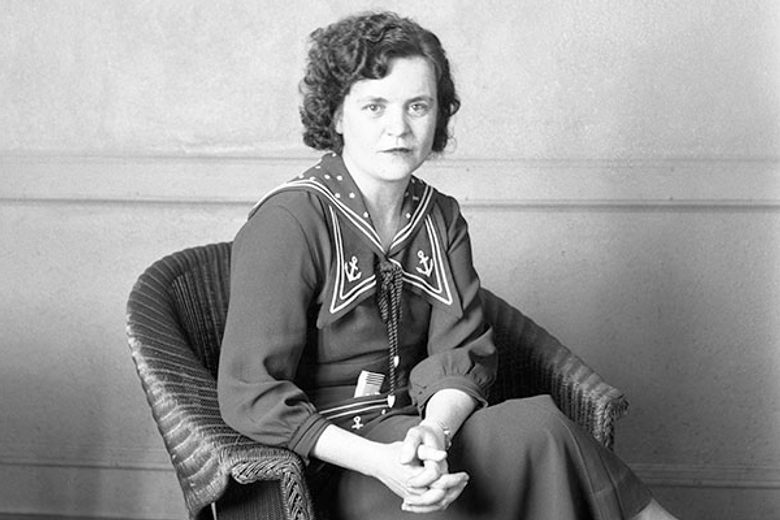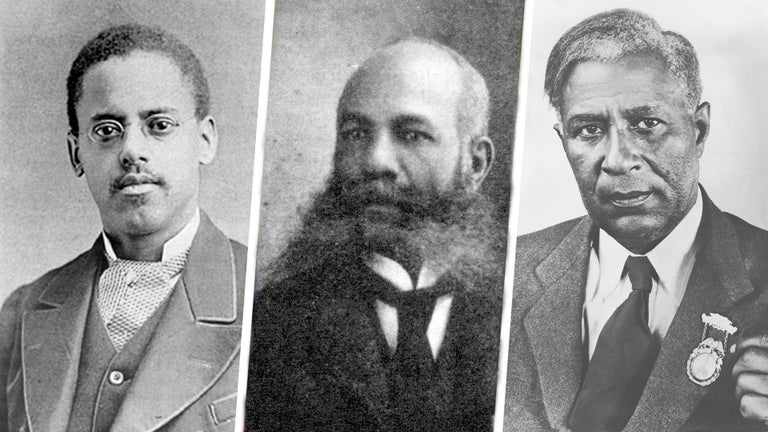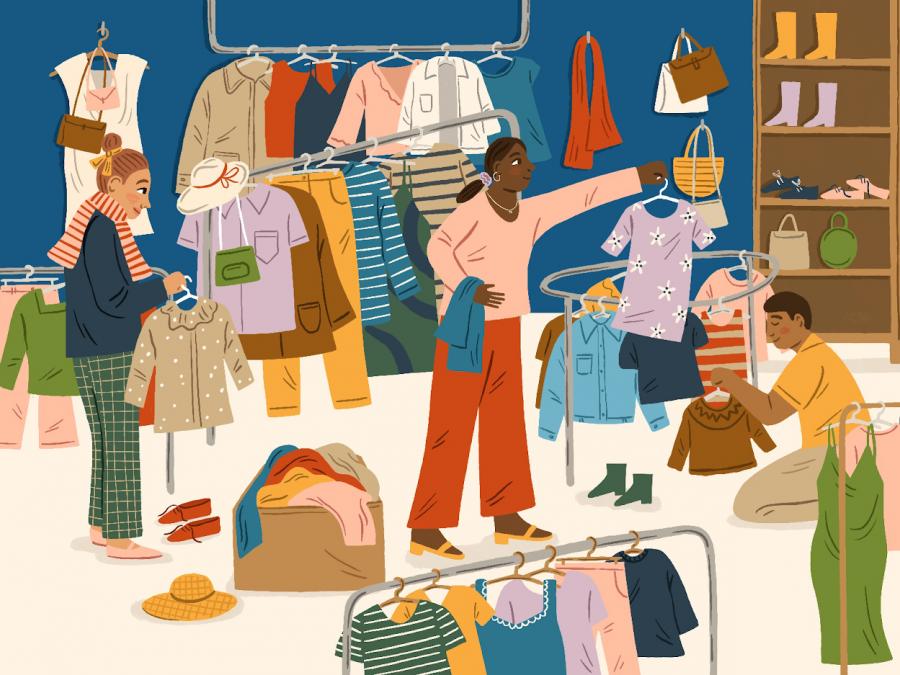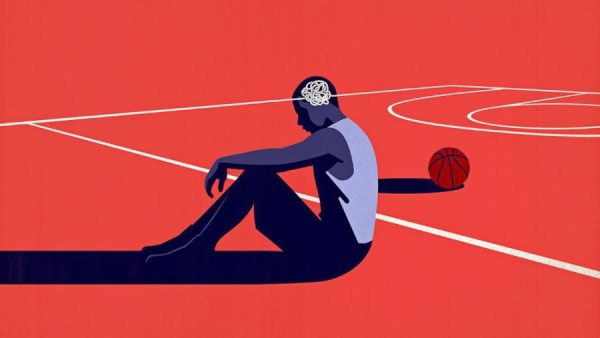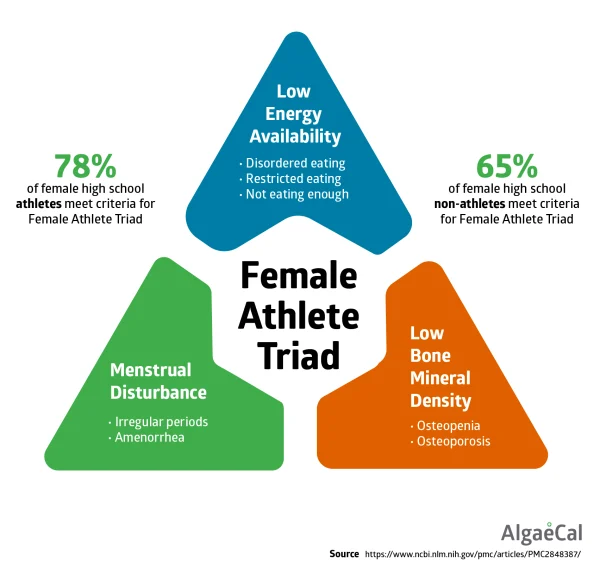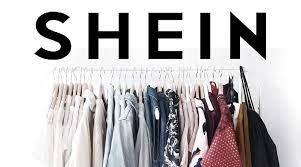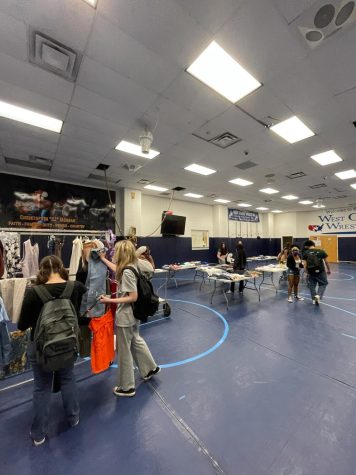The Reality Behind Thrifting
Thrifting by Amelia Flower with Folio illustration and animation agency. Link to the original post: https://dribbble.com/shots/14035179-Thrifting
Over the years, thrift shopping has been considered a popular social activity, and thanks to social media sensations like Tiktok and Youtube, thrifting has become even more popular amongst today’s teens and young adults. Content creators with a huge following such as Ashley Rous, otherwise known as Best Dressed, and Haley’s Corner have blasted the ideas of thrift hauls and thrift flips to the impressionable teens of our generation. So what is thrifting, what are the benefits of thrifting, and what are the potential harms that it poses?
A thrift store is usually run by a nonprofit charity that sells donated, second-hand items for less than the retail price to provide funds for the charity, however, you will still find for-profit thrift stores such as 2nd Avenue Thrift Superstore. So to go thrifting simply means to shop at a thrift store or any shop that sells gently used items at a discounted price which leads to our first benefit of thrifting: Low prices.
At your average thrift shop, a gently worn t-shirt can be sold anywhere from $0.50 to $10.00 depending on the brand, quality, and original retail price. You may find different colored tags or stickers on clothing that indicate different deals over a time period whether it be 50% off on all orange tags or 80% off all red stickers. So when you don’t want to spend a lot of money on a prom dress or need a new pair of pants quickly and for a low price, going to a thrift store is usually the answer.
Most importantly, much of thrifting’s popularity comes from its sustainability. “The purchase of one used item instead of a new one can reduce its carbon footprint by up to 82%. If everyone would purchase just one used item in the next 12 months, it would save 11 billion kilowatts of energy, 25 billion gallons of water, and 449 million pounds of waste,” according to Green Story, a platform helping brands redirect their sustainability focus. When we donate our unwanted items or consume second-hand items, we are keeping fewer materials from hitting the massive landfills. When clothes are thrown away and tossed into these landfills, these clothes do not break down since they are produced with manmade materials such as synthetics or polyesters. According to 2nd avenue superstore’s article on why thrifting is beneficial, “Even clothes made out of organic materials won’t biodegrade properly in landfills and will output methane gas.”
However, thrifters have created a new problem: Overconsumption.
The more people consume these clothes and prices, the higher the prices are going to get, therefore, making it harder for low-income people to afford thrifted clothes when they can not afford retail prices. These discounted clothing stores are intended for lower-income populations, but the trends over social media are exploiting this fact.
Along with thrifting, the world of resale has been popularized with easy-use apps such as Depop, Etsy, Poshmark, and more often run by a young, privileged majority. In a Stylight Insights statistics article proving that the resale market is the future, “45% of adults in the U.K. are open to buying secondhand via an online resale marketplace, with saving money being the primary motivator for doing so.” These online resellers often get their items from buying in bulk at thrift shops and reselling for prices that now surpass the original retail price. These actions are very harmful as it takes resources away from those who need them. Even if they are not a reseller buying in bulk, your average thrifter is most likely overconsuming clothing simply because it’s cheap. And those in need of these clothes aren’t just low-income families… The return of baggy fashion, a popular trend from the 90s, has popularized oversized clothing again so plus-sized consumers who already struggle to find clothing in a fashion world that emphasizes small sizes, are being priced out of these stores.
So where do we draw the line in a country that values sustainability and low prices, but needs to be more aware of the economic struggle within our nation?
Overall, thrifting can be a good thing and the action itself is not inherently bad. But what makes it morally wrong is the advantages we as a society take over our resources for our own personal gain seen through overconsumption and resale. Oftentimes these online resale shops are being run by privileged individuals who are trying to make money in an exploited way. And for those who simply want to shop, we as consumers need to be socially aware and make responsible choices so that we do not buy materials without a purpose and do not buy solely for the sake of prices. So if you want to make more responsible choices with your clothes, try decluttering your closet and bringing gently-worn clothes on your next shopping spree to a thrift store where you know your clothing can be repurposed.

